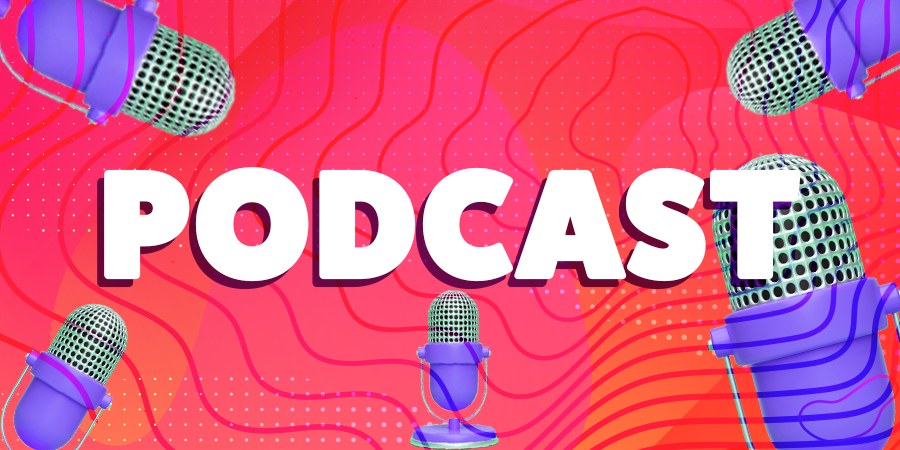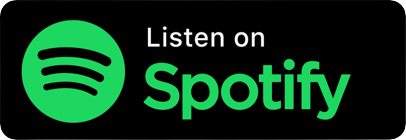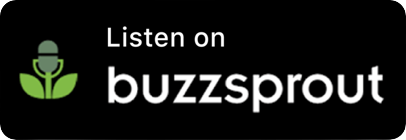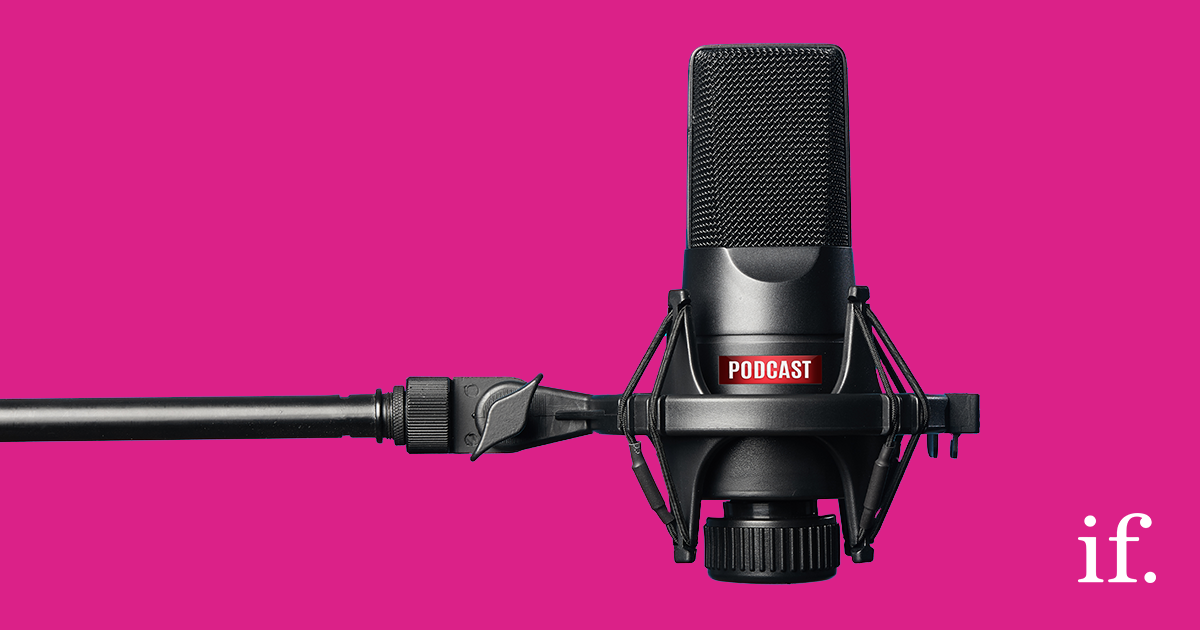Ep 50: Serious Social – Unlocking Paid Media Excellence
In this week’s Serious Social Live, Colin Jacobs will be getting into the nitty-gritty of paid social media. Tune in to discover how everything from customer journeys, touch points and algorithms, will help you smash your paid social media campaigns this year.
If you’re after more know-how to break the social boring, subscribe now.
Full Transcript
Welcome to the Serious Social podcast, created by the straight-talking social media experts at immediate future.
Good morning. Good morning, good morning. Hello, welcome along to Serious Social Live. I’m Colin Jacobs, CJ I’m the Managing Director at Immediate Future. A part I seem to always forget introducing myself. We’ve been doing these lives for well over a year now. Some of you will recall that the very first one was before the first lockdown on around about the I know somewhere around the 15th March last year, we started doing them. The key point, there are over 50 videos now all available on our Facebook and our YouTube channel. That span the whole spectrum of Social Media Marketing. So if you’ve got questions relating to any aspect any aspect to Social Media Marketing, I promise you there will be a video and a debate up there that will help you come to a better understanding. Whether that should play on TikTok, strategy, content creation, paid media which we’re going to get into a bit today. There are resources there for you, please go and use them.
Now, as I said this morning, we are talking paid media and we’re going to get into quite a bit of detail. We’re going to help improve your understanding of the algorithms. There have been some big changes. But the reason you have to understand the algorithms is so that you understand what you need to do with your content. And more importantly, what you then do with your executions across paid media. This isn’t an effort to turn you all into sort of, digital geeks or data geeks. Although I’m not going to bemoan people being one, I am one myself, but you do need an understanding to be able to excel in social. We’ll explain a bit more about that. We’re going to reveal a shocking stat that was exclusively shared with me this week by one of the social media channels, which interestingly just underpins a key philosophy we’ve had for the last probably six years on social media the importance of nudge, nurture campaigns. Well, one of the social media channels has changed their language. And then now advocating that you’re on nudge nurture campaigns with multiple touch points. They gave me some data to share with you about how single ads don’t perform. And we’re going to help you to structure those campaigns so that you can come off this call or this video, go away, give this a try, a genuine try. And if you do that and put the paid media behind it, I promise you the results will speak volume and you will be a convert.
But to start, we need to put some context behind why social media is different to any other media buy available out there. And before I get into this, I just want to make sure people don’t think this is me bashing media buyers or other agencies. It’s absolutely not. But there is some information that you need to understand to improve your paid media. We’re taught as business people, aren’t we, to learn from other sectors, other verticals go and innovate and see what can improve how we work or how we deploy. And we’ve done it ourselves.
We’ve taken tactical elements from retail and take them into technology. We’ve taken travel tactics and strategy and taking them in to food. You have to do that. I would advocate everyone to do that. But the one area that you can’t do that is by taking traits from how you’ve bought media in a different vertical and taking them into social media because it is a very different domain. It’s not like I’m taking a single location out of home spot where you can put a dynamic ad app set the frequency rate for it to ping over a time period. And you know you’re going to get your opportunities to see. Social media is built on an array of algorithms. Algorithms that connect us as individuals, that index our content, but more importantly algorithms that are framed around the ad goals that you’re buying and deploying. And they differ through the whole journey.
The other thing that we need to understand is about how costs run on social media. You cannot cannot if you’re going after competitive audiences just switch on an advert and let it run for its lifespan without checking or optimising it. If you do, and anyone in the technology space or anyone that’s tried to market to marketing directors will know this’ll be true. They’re getting recruitment ads serve them technology services ads serve them consultancy the higher up the business chain you go the more business orientated marketing that our serve them accountancy and other leadership orientated services.
The point being these are competitive people receiving many adverts. If you switch an advert on even if you think the cost per click has been forecast to you at a couple of quid, you watch it through the lifetime of the campaign, and you’ll see it going up. In the case of technology it’s not unusual for CPCs on LinkedIn which yes is an expensive platform, but it gets you the assurity around the quality of conversion. It’s not unusual for that to be running at around nine pounds cost per click. I’ve seen technology ads go as high as 25 pounds cost per click. And that is not unusual. The point being you can’t service single ad the platforms don’t like it; your conversion is going to be really low, and you can’t just switch another and let it run. There needs to be work that you have to put into to social media. And that’s where the science comes in. There’s a science behind social media excellence. And before anyone starts saying, hang on a second this is the old science versus art debate again, I promise you, this really isn’t. For your beautiful art for your alluring art if it’s truly to go and sing you need to understand the technical science of the platform and how to structure your ad. So you’re building the right content and applying the right copy but then you have to understand the technical science behind how deployment works so that you’re actually delivering the right sequence of visuals, message and the lay down. And that’s where we start to come into a key algorithm change within social media. They have aligned all of their algorithms now to the customer journey.
Now, any customer of IF and I’m not just saying this isn’t me this isn’t me being
I’m sorry. I was just checking some of the messages and people are saying they’re having challenges picking up the feed. Hopefully that sorted itself out. I’m led to believe that, if you are having problems if you close it and open it again it should restart for you. I’m sorry.
Where was I before I got distracted with that? The algorithms are now aligning to the customer journey. And this is an afterthought by IF. We’ve been promoting the importance of you building content and aligning to the customer journey for the better part of six years. And we’ve done that because we got the data across all of our campaigns that show if you have content that walks people through an awareness, a consideration phase and then a conversion phase you get a greater degree of conversion. But largely that was our philosophy. That was our understanding. It’s why we won those awards like best use of social media advertising, et cetera.
But this week, LinkedIn came out themselves on a call two days ago. And interestingly, they finally confirmed that everything they are doing now aligns to the customer journey. And they’ve confirmed that the algorithms on the ad sets work and are optimised for the awareness stage, the consideration phase and the conversion phase. Here’s the kicker. They were championing people to stop serving a single ad with a single conversion. And the reason they’re asking you to stop doing this is having looked at their data 0.2% conversion success is what you’ll get; if you jump on board this race for the bottom line and serve an advert with a conversion only metric. I’m not sure where this habit came from. Whether it’s learning from search marketing, which is very different to social media, search really is at the bottom end of the funnel. They’re trying to throw a ring on people that are searching for your brand right now but socially is further up the funnel. And we have to top up the funnel and then nurture them through the aspects of the funnel. So the content has to be different. The story telling has to be different and LinkedIn themselves finally came out and said you need to do this, and they’re not alone. Facebook said this a while back. If you go and look at all of the ad goals the reason you’ve got so many in the platform is because there are so many different on algorithms but here’s the interesting insight from LinkedIn who’ve been pouring over many many campaigns and they’ve been doing data analysis not just on their own data, but data from GWI who we also use as an agency. So we trust the data greatly. If you have an array of content different messages, different visuals, or speaking to the pain points that your customer or audience are experiencing. And you have messages that start from the awareness phase run through the consideration phase and then finally take people to a conversion requirement whatever that is, whatever your form fill or click to site whatever your conversion metric is how you’re arriving at the MQL Marketing Qualified Lead. The volume of MQLs that you receive by putting your conversion stage at the end of a nudge nurture campaign will far exceed far exceed what you’ve achieved off of a single ad set for anyone that’s bought LinkedIn form fields from programmes from LinkedIn recently, please go out to the teams that broke it with you and ask them the blank question of why they’re now advocating nudge nurture rather than single ad clicks and why you were sold the form field proposition. It’ll be an awkward call for them, but they’ll have to confess that the algorithms have changed.
Now the point being you have to understand that technical science if you’re then to go and create right visuals and the right messages. Another question I’m asked a lot about is whether I should be boosting content natively. My answer is no, you shouldn’t. And I’ll explain why. And I was asked this questions recently at 8:30 this morning, just to give you an idea how regularly this one comes up. I’m a creative at heart and I love ideated around visual stories. And I love scripting. A real passion of mine, but if I haven’t got a filter or a focus that keeps me on brief on topic for the customer. So I understand the first thought that we want the audiences to have. It’s very easy for my mind to straight laterally and create stuff I think is beautiful and important to me. But then on review of the brief and the filters that we’ve got is not necessarily important to the client. So it has to be changed. Paid media is the same. You need to have a filter about who you’re targeting and why. The behaviours and interests pool that you have to compile. It has to be relevant to the messages you want to land, and the business goals you need to achieve. If you’re responding to those alerts in Facebook that says this is a better performing post boost it now, there’s a bit of a gut reaction where we jump on board and we think, okay I’ll boost this it’s doing well. Don’t do it natively, do everything through ads manager lay your campaigns down. You’ll get far more data around the creative performance the best performing, the worst performing, you’ll know the creative that everyone is responding to all the messages. And then you can optimise your deployment even moving paid budgets around to make sure you’re getting greater efficiency.
But that comes back to one of the early points that I gave you. You can’t just switch on an advert and leave it. You will get results you’ll get some data back. You’ll be able to go back to the business and say look we’ve done well, but unless you are a super brand a true super brand with super budgets, you cannot get away with putting a single ad set out and switching paid media on. If you’ve got millions to drive that 0.2% conversion good luck to you. But I think in a COVID world, post COVID recovery where budgets are being scrutinised. I think this is the year when even enterprise brands will be scrutinising that ad investment and the returns and rightly so. Social media marketing excels. If you’re not getting success because you’ve done single ad sets, social media hasn’t failed you, you fail to exploit the competitive advantage available within social media. So please go and give this a try. And if you’ve been working with other services and it’s not worked for you and you want us to pick it up and run with it pick up the phone I’ll happily talk to you about shaping a programme. I don’t like to sort of pitch for business on here because it’s not the ethos of it, but this is a key point. And there needs to be a bit of a wake-up call in industry about how and why we do deploy paid media. And it needs to start with understanding the science and the technical requirements of the platforms to allow you to go and create those wonderful, beautiful alluring campaigns. And if you do that, you will not only thrive, but you’ll have business value to play back to your board and you will get incremental investment. It’s why some of those big enterprise companies we talk about have six, seven-year long relationships with us. This stuff really really works. As always if anyone’s got any questions, please do drop me a line and I’ll happily pick them up, equally and this is a topic the whole IF team know really well. So if there’s other people in the team that you’re prefer to talk to go and give them a nudge, and they’ll tell you all of the importance behind nudge nurture, and how we can make it success for you.
Have a wonderful weekend. It’s been a long week, isn’t it? Rest up, get some sun hopefully rather than this miserable rain we’ve got. And we’ll see you next week for another serious social live. Take care.
If you’re after more know-how to break the social boring, subscribe now and check out the show notes for links to our website and social profiles.




